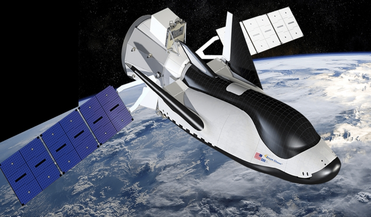 July 2020
Key technologies for space exploration
July 2020
Key technologies for space exploration
... thruster burns a liquid fuel and a liquid oxidiser, while in low- and medium-thrust modes, it uses only hydrogen peroxide, which is thermally decomposed (or gasified) over a catalyst to generate lower amounts of thrust. In all cases, the thruster...
 May 2024
Spaceflight revolution on a shoestring
May 2024
Spaceflight revolution on a shoestring
... for taking off and landing using conventional runways. Full reusability improves sustainability, as does the use of hydrogen fuel. While it is possible that the required safety levels could eventually be achieved by launchers that are recovered...
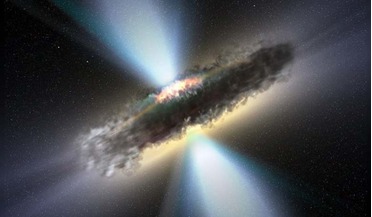 30 March 2016
Have astronomers found the signatures of the very first black holes formed through the collapse of gas clouds?
30 March 2016
Have astronomers found the signatures of the very first black holes formed through the collapse of gas clouds?
... the only line available to confirm sources with current instruments. However, Lyα is easily attenuated by dust and neutral hydrogen in the inter-stellar and inter-galactic medium. Nonetheless, objects known as Lyα emitters (LAE) have been observed...
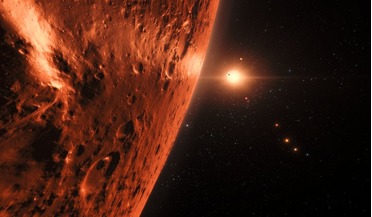 01 September 2017
TRAPPIST-1 planets could contain substantial amounts of water
01 September 2017
TRAPPIST-1 planets could contain substantial amounts of water
... ultraviolet sunlight breaks molecules apart, ultraviolet starlight can break water vapour in the atmospheres of exoplanets into hydrogen and oxygen.” This happens when photons of a certain energy break the bonds of molecules into their constituent...
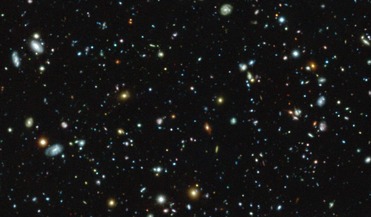 29 November 2017
Deepest spectroscopic survey completed of the Hubble Ultra Deep Field
29 November 2017
Deepest spectroscopic survey completed of the Hubble Ultra Deep Field
... shine in Lyman-alpha light which is produced when electrons in hydrogen atoms drop from the second-lowest to the lowest energy level...why they seem to shine brightly in this one colour. Hydrogen in the early Universe was also the theme of another ...
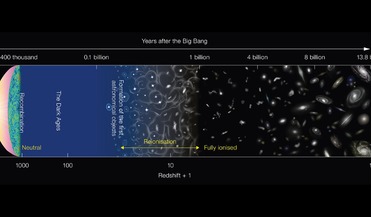 29 January 2018
Astronomers discover a fossil of the Reionisation era
29 January 2018
Astronomers discover a fossil of the Reionisation era
... neutrons and electrons that filled up the darkness, began to combine to create the very first atoms (predominantly hydrogen atoms). This process of particles pairing up is called "Recombination" and it occurred approximately 240,000 to 300,000 years...